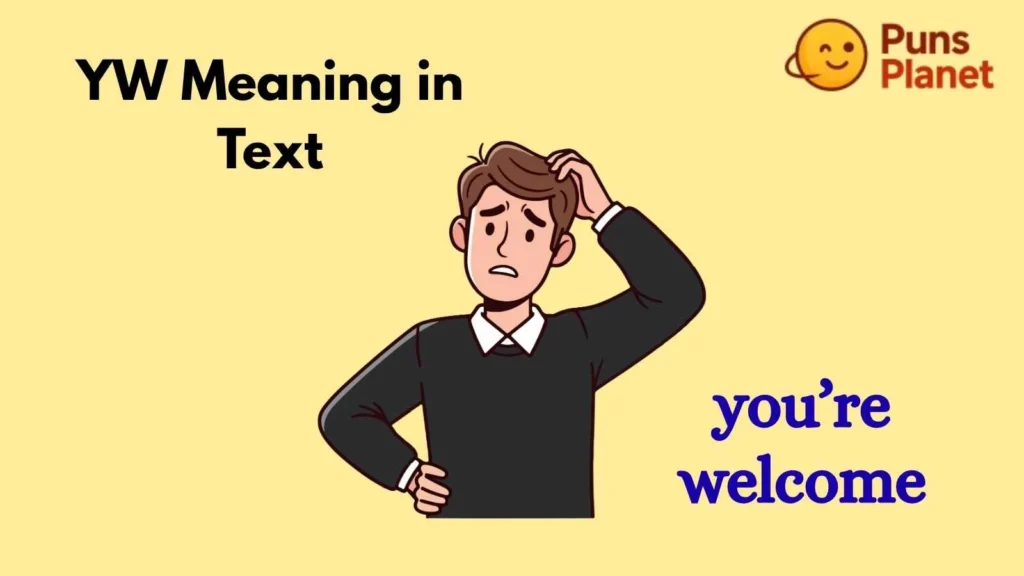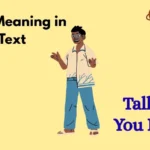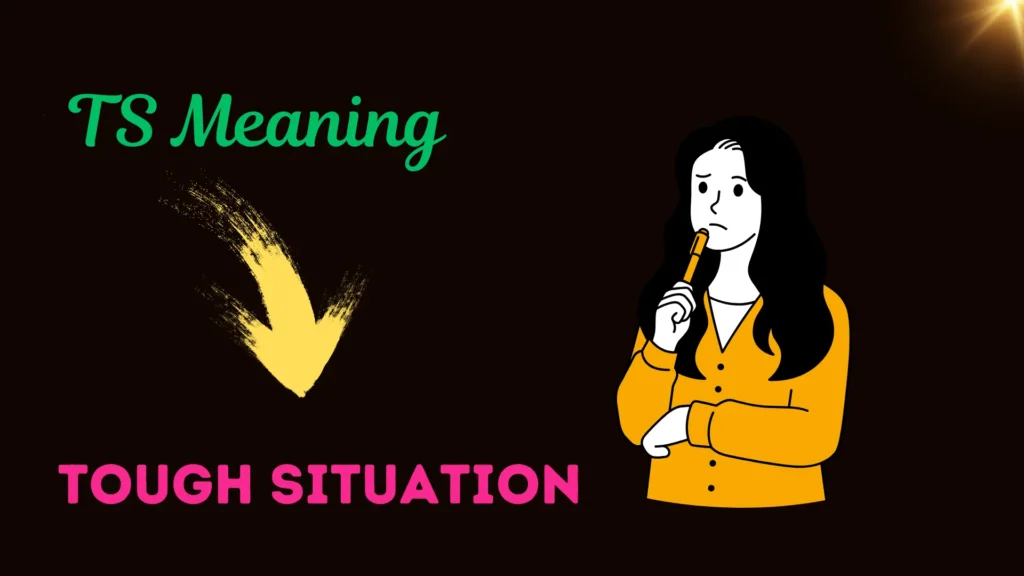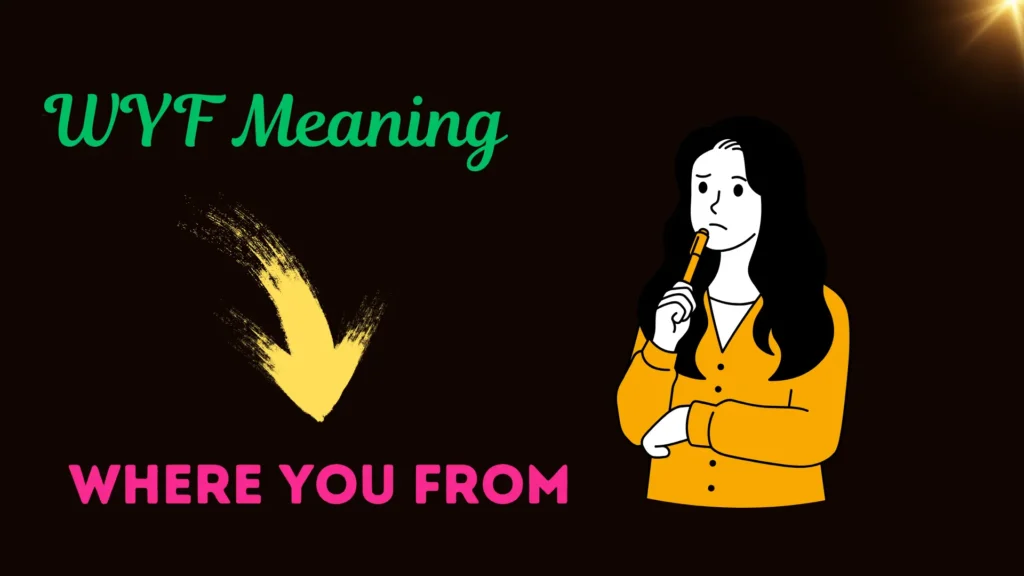Texting, chatting, and social media have their own secret codes—and one that pops up often is “YW”. But what exactly does it mean? Why do people type it? And when is it appropriate to use it?
If you’ve ever scratched your head when seeing “YW” in a message, you’re not alone.
In this in-depth guide, we’ll explore the YW meaning in text, its origins, variations, tone, and practical usage.
Whether you’re texting friends, emailing colleagues, or crafting social media replies, this article will help you use “YW” confidently and correctly.
1. Definition & Primary Meaning
YW is an acronym commonly used in informal digital communication. It stands for “you’re welcome”. 😊
When someone says “thanks” or “thank you,” the natural reply is “you’re welcome”—and in texting, people shorten that to “YW.”
Because messages are often fast and casual, “YW” saves time while conveying politeness.
In a sentence:
Friend: Thanks for the help earlier.
You: YW!
Origins & History

The acronym “YW” emerged organically with the rise of instant messaging, SMS texting, and internet chatrooms. It’s not tied to any single platform or brand but grew as part of digital shorthand practices.
In the early days of SMS (pre-smartphone era), characters were limited and brevity was necessary. Over time, acronyms like “LOL,” “BRB,” and “YW” became part of everyday texting culture.
As chat apps like WhatsApp, Facebook Messenger, and Slack evolved, abbreviations for quick responses remained popular. “YW” became one of the go-to replies when someone expresses thanks.
Variations & Similar Acronyms
While “YW” is among the simplest, there are variations and related acronyms you may encounter. Here are a few:
- yw – lowercase form, same meaning
- Yw – capitalized first letter
- YWLM – You’re welcome, love man (very rare, slangy)
- No problem – spelled-out alternative
- Np – short for “no problem,” similar tone
- YW 😊 – “you’re welcome” with an emoji for warmth
Because texting tone matters, people often add emojis or punctuation for extra nuance:
“yw :)” or “YW 😄” adds friendliness.
Tone & When to Use It
It’s important to consider tone when using acronyms like “YW.” Here’s when it works best — and when it might not.
✅ When It Works Well
- Informal conversations with friends, family, or peers.
- Instant messaging where quick replies are normal.
- Chat environments such as WhatsApp, Discord, or Slack channels among colleagues.
❌ When to Avoid It
- Formal contexts such as business emails, cover letters, or academic writing.
- People who may not understand texting abbreviations, such as older audiences or non-native speakers.
- When clarity matters — spelling out “you’re welcome” may be better.
Tip: Use “YW” only if you’re sure the recipient knows the style. Otherwise, stick to the full phrase.
Usage Across Platforms
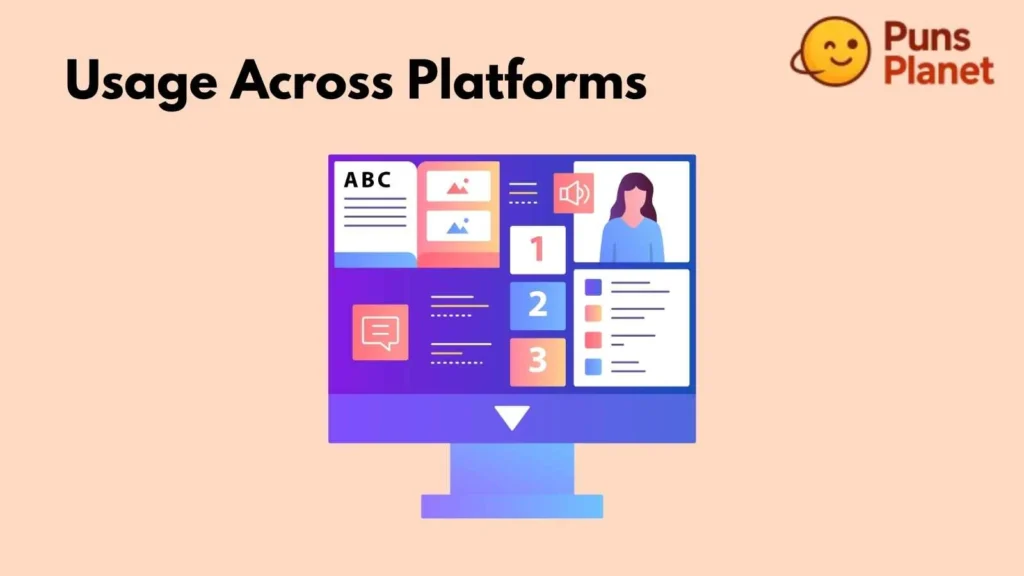
Let’s explore how “YW” is used differently across chat apps, social media, and professional tools.
WhatsApp / SMS
In instant messages, “YW” is used as a quick reply to someone thanking you. You may also couple it with emojis like “YW 👍”.
Instagram / Facebook Comments
If someone comments “Thanks for the follow,” you might reply with “YW!” in replies or direct messages. It feels casual and friendly.
Slack / Teams / Workplace Chat
In informal workgroups or internal communications, you might respond with “YW” to show quick acknowledgment. But be mindful: in more formal threads, a written “You’re welcome” might be safer.
Forums / Gaming Chats
Acronyms like “YW” spread quickly in gaming communities or forum discussions. They keep things fast-paced.
Real-Life Examples
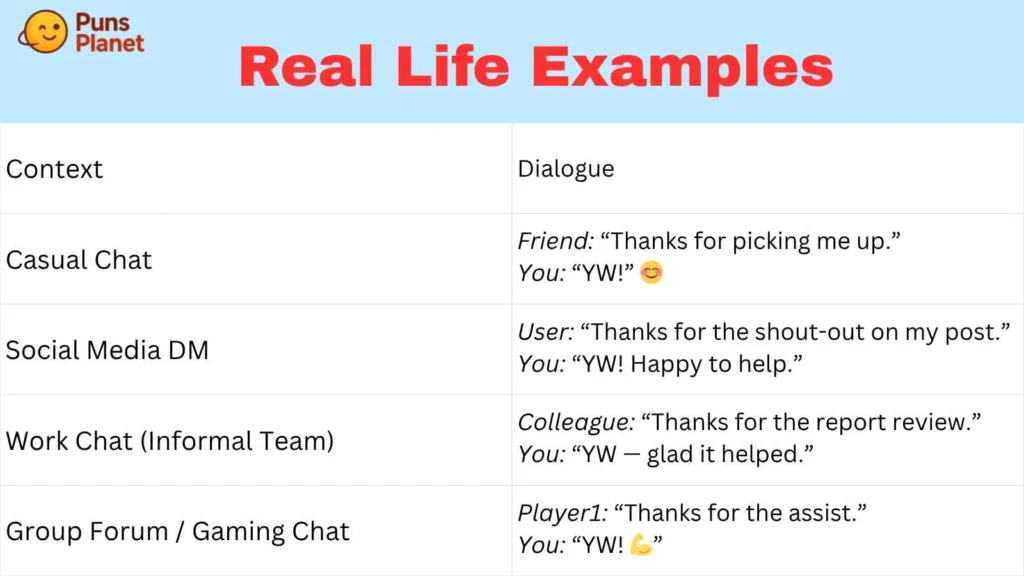
Here are sample dialogues to show “YW” in action across contexts:
| Context | Dialogue |
|---|---|
| Casual Chat | Friend: “Thanks for picking me up.” You: “YW!” 😊 |
| Social Media DM | User: “Thanks for the shout-out on my post.” You: “YW! Happy to help.” |
| Work Chat (Informal Team) | Colleague: “Thanks for the report review.” You: “YW — glad it helped.” |
| Group Forum / Gaming Chat | Player1: “Thanks for the assist.” You: “YW! 💪” |
See how small variations—emoji, punctuation, added words—can adjust tone from casual to warm.
Common Mistakes & Misunderstandings
Even with simple acronyms, errors can happen. Watch for these pitfalls:
- Overuse: replying “YW” to every thank-you may feel robotic.
- Mis-tone: using “YW” in serious or sensitive conversations may seem dismissive.
- Ambiguity: in multilingual or unfamiliar contexts, recipient may not grasp the meaning.
- Incorrect spacing or capitalisation: “Y W” or “YW.” followed by awkward punctuation can look clunky.
One user wrote:
“I replied ‘YW’ in a support group chat — someone thought I was ignoring them.”
That is a reminder that tone doesn’t always translate well in text-only replies. When in doubt, spell it out.
Alternatives to “YW” You Can Use
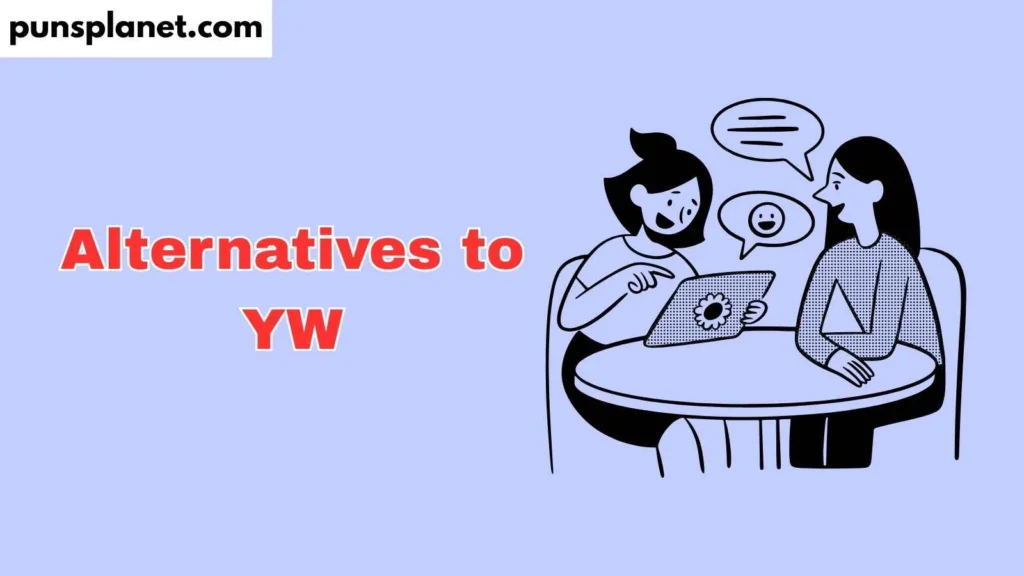
Depending on tone and context, you might prefer a different phrase. Some good alternatives include:
- No problem — friendly and simple
- Not at all — more polite in formal settings
- Anytime — casual way to say you’re willing to help again
- Sure thing — warm and supportive
- You’re welcome! — spelled out for clarity
These options work well in many situations where you want more than a single abbreviation.
FAQs:
Q1: Is “YW” formal or informal?
“YW” is informal. It’s best used among friends, peers, and inside casual chats. Avoid it in formal emails or professional contexts.
Q2: Can I use “YW” in business messaging?
You can use it in very casual internal chat, such as a friendly Slack thread. But in most business-to-client emails or serious reports, stick to “You’re welcome.” Always consider your audience’s expectations.
Q3: Is “yw” (lowercase) acceptable?
Yes. Lowercase “yw” is acceptable—it’s essentially the same meaning. But uppercase “YW” is more readable in many fonts and chat formats.
Q4: What if the person doesn’t understand the abbreviation?
If they don’t respond or look confused, follow up with the full phrase (“You’re welcome!”). When talking to international or older audiences, avoid slang abbreviations until you’re sure they’re understood.
Q5: Are there any regional differences in usage?
While “YW” is widely understood in English-speaking online communities, people who are less familiar with texting slang may not recognise it. It’s always safe to adjust your language based on who you’re talking to.
Conclusion:
In digital conversations, acronyms like YW help us respond quickly and casually.
It means You’re welcome, and when used in the right tone and context, it can feel warm, friendly, and efficient.
However, because tone matters, it’s wise to tailor your language to the audience.
Use “YW” with close contacts and in fast chats. Spell it out when you want clarity or formality.

